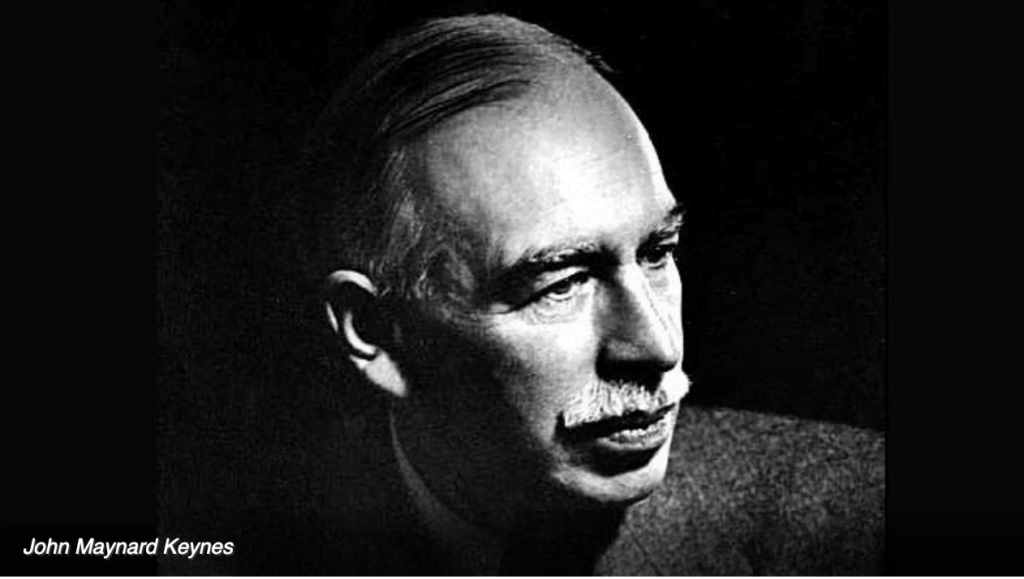Victoria Chick and Ann Pettifor
First Published for Bloomberg on July 14th 2014
Until recently, there was almost complete agreement on the need for a period of synchronized austerity across Europe. This consensus, at a time of private- sector weakness and banking fragility, is very worrying.
But Alan Budd’s resignation as chairman of the British government’s newly established Office of Budget Responsibility, coupled with a growing number of dissenting voices, suggests a fault line in this consensus. Nevertheless even most of those who dissent do so not because they support fiscal stimulus but only because they fear that a “consolidation” is premature.
Today’s dominant doctrine, espoused by George Osborne, the new chancellor of the Exchequer, is even more severe than the “Treasury view” of the 1920s and ‘30s, which merely stood in the way of increases in expenditure.
Keynes’s approach to widespread economic failure and his critical role in triggering recovery after 1934 have been entirely disregarded. In the Great Depression of the 1930s, he confronted the Treasury view that increases in public expenditure would divert resources from private business.
He developed a theory showing that, in an economy with spare productive capacity and unemployment of labor, government expenditure would create employment. Keynes advocated increasing investment expenditure rather than encouraging consumption. Expenditure by the newly employed would then create private- sector economic activity by a multiple of the original expenditure. This was “the multiplier.”
Recovered Costs
Certainly some of the new income would go overseas, but in a depression very little goes into increased prices. Government costs would be recovered through new flows of income. There would be new tax revenue and savings on benefit expenditure.
It may seem obvious that if you want to cut debt, you cut expenditure, but Keynes showed that the government finances were very different from a household budget. For him, macroeconomic outcomes were often the reverse of outcomes based on microeconomic reasoning.
Keynes was instrumental in the development of national accounts, which give us the opportunity to test his conclusions. Combining the official estimates with British economist Charles Feinstein’s invaluable historical estimates permits an analysis of the impacts of fiscal policy over the past century.
Two Periods
Up to 1947, episodes are defined according to whether government expenditure (final consumption and investment) is expanding or contracting. After 1947, expenditure increased every year. But in 1976, U.K. Prime Minister James Callaghan turned to the International Monetary Fund for help, and expenditure growth slowed to almost zero. So, the years since World War II are split into two periods: before 1976 and after.
This leads to eight episodes over which changes in the public debt (as a percentage of gross domestic product) can be compared with those in public expenditure. The results stand wholly opposed to the conventional wisdom.
For example, after World War I (1918-23, including the years of the so-called Geddes Axe) public expenditure was cut to 480 million pounds from 1.85 billion, but the public debt rose to 180 percent of GDP from 114 percent.
During the early years of the Great Depression (1931-1933), expenditure fell to 510 million pounds from 580 million and government debt increased to 183 percent of GDP from 173 percent. Conversely, from 1934, the government began to expand expenditure and the public debt fell.
From 1947 to 1975, when government spent freely on the National Health Service, public housing and education, the public debt fell each year. The first increase in debt coincides with the 1976 fiscal consolidation.
Remarkable Results
Comparing for each episode the average annual change in the public debt as a share of GDP and the average annual growth in government expenditure in cash terms, we have results that are perhaps even more remarkable than Keynes might have imagined. There is a very strong relationship between changes in government expenditure and the public debt.
But, outside the two world wars, the relationship goes in the opposite direction to that predicted by most commentators: Increases in public expenditure are associated with reductions in public debt. Very roughly, so long as there is unemployment, for every percentage rise in government expenditure, the public debt falls by half a percent, and vice-versa. This is very compelling evidence in favor of Keynes’s insights.
Osborne’s economic policies will, if sustained for any length of time, not only increase U.K. unemployment and social dislocation, but they will also increase the public debt. Sooner or later, governments, financial markets and international authorities will be forced to recognize the validity of Keynes’s analysis, just as they were forced to do in the 1930s.
The present course will cause unnecessary harm to the U.K. economy. The only rational response is to change direction immediately.
(Victoria Chick is emeritus professor of economics at University College London. Ann Pettifor is a fellow of the London-based New Economics Foundation and a director of Advocacy International Ltd. The opinions expressed are their own.)
To contact the writers of this column: Victoria Chick at [email protected] Ann Pettifor at [email protected]





